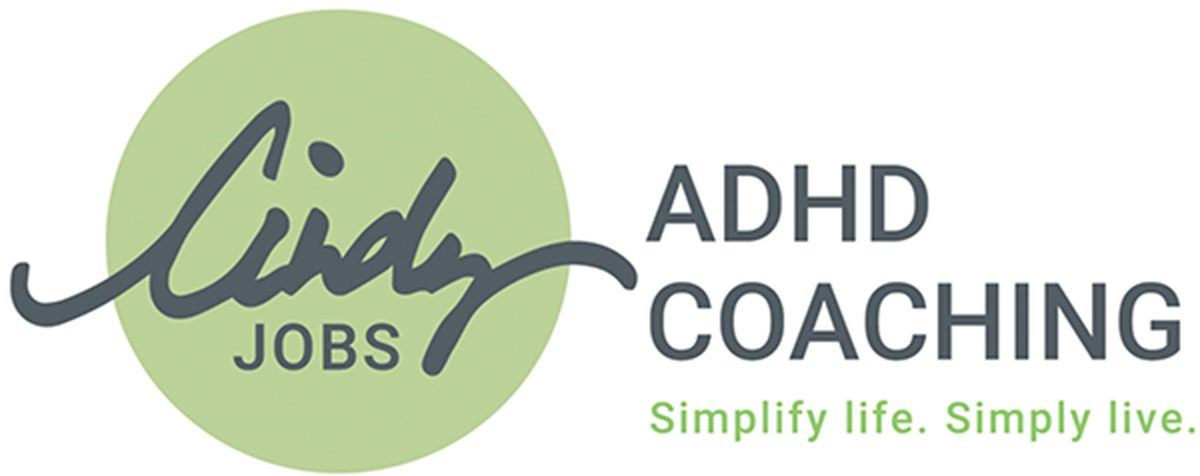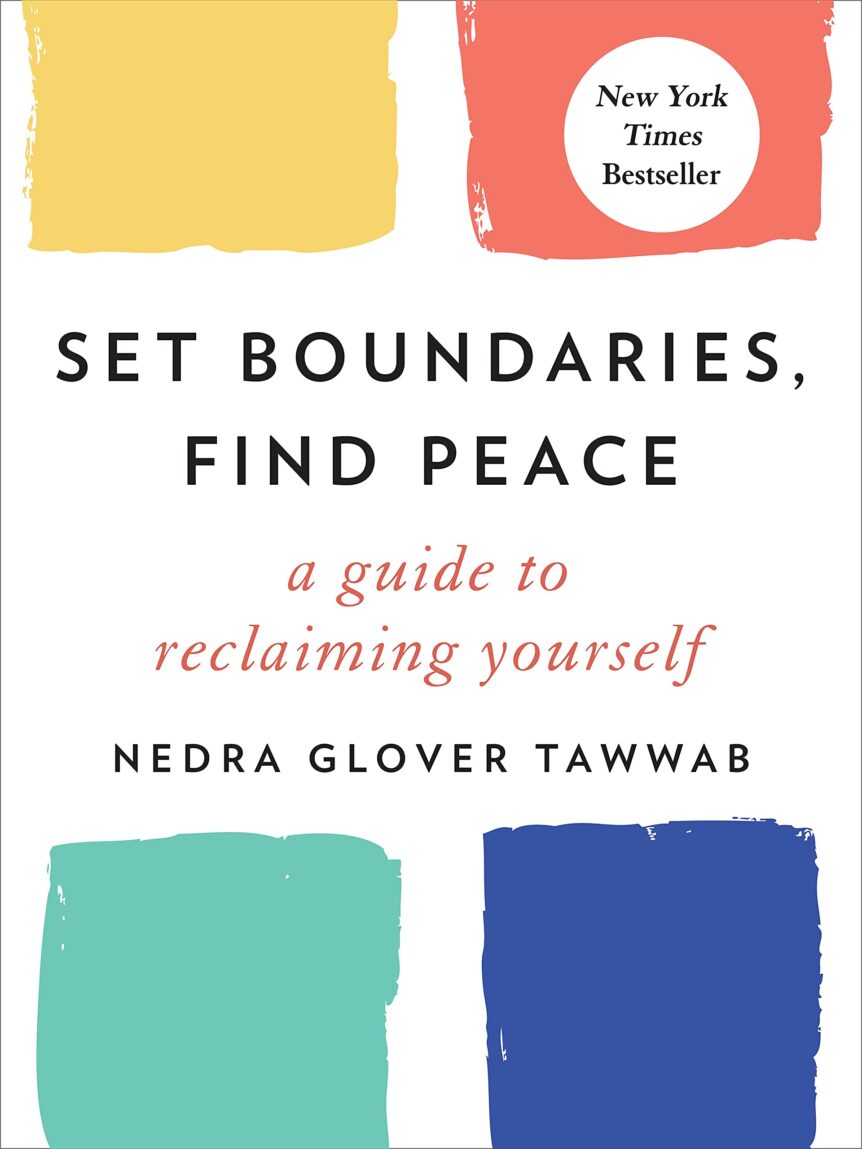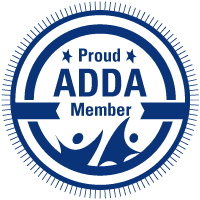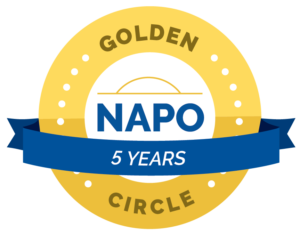I talk to my clients about boundaries and how being boundaryless is a recipe for disaster. This book reinforces so much of what I believe; I hope everyone reads or listens to the book as soon as possible.
Set Boundaries, Find Peace, beautifully written by Nedra Glover Tawwab, was referred by a client, and I’m so glad he did. From page one, I found gem after gem after gem.
One of the things I liked about this book is how far back we can trace our understanding and use of boundaries.
First and foremost, what are boundaries? According to the author, “Boundaries are expectations and needs that help you feel safe and comfortable in your relationships.” I also refer to boundaries as our playbooks. Boundaries teach ourselves and others how we want to be treated. Boundaries allow us to advocate for ourselves.
Boundaries can manifest at different levels:
- Porous: Weak, poorly expressed, and unintentionally harmful. The most significant porous boundary I hear is the inability to say “no.”
- Rigid: Building walls to keep others out as a way to keep ourselves safe. A sign of a rigid boundary may start with the words “I never . . .” You can fill in the blank: loan money, babysit, share feelings, etc.
- Healthy: These are boundaries where we decide who and what gets let in and what is kept out. Healthy boundaries support our values and needs and provide for a safe relationship environment. A healthy boundary may be having vulnerability with those who have earned our trust.
Many people are adverse to set boundaries because they think it’s all about saying “no.” Sometimes saying “no” is indeed a necessary boundary. Still, we don’t set boundaries more often than not because we fear we are rude, we fear people will reject us, we feel powerless to do so, and sometimes we don’t set boundaries because we don’t know what our boundaries should be.
How can we set healthy boundaries for ourselves?
Step #1: Clearly define the boundary. What is it? Why is it important? Who needs to know? For example, “I can’t work on weekends” may be a boundary you want to hold with your boss.
Step #2: Clearly and concisely communicate the boundaries to the necessary stakeholders (family, friends, boss, co-workers, etc.). And by “clearly communicate,” I mean that we have to speak or write the boundary and ask the receiver to tell us what they heard. For example, in the “I don’t work weekends” example, your boss may come back with “You don’t work on Sundays.” Endorse the boundary when it is played back correctly and correct when necessary.
Note #1: Expect to experience some discomfort when communicating boundaries. Advocating for yourself may be new to you, and it may be uncomfortable to those who have to change how they operate with you.
Note #2: The communication process may take more than one go-around. Individuals may forget about the boundary, or they may ignore the boundary to serve their own needs.
Step #3: Uphold your boundaries with action. Remember, people get their cues from us. If we waffle on our boundaries, there’s no reason for people to believe we have them. If our boundary is “I don’t work weekends,” but we don’t call it out when the boss puts us on the Saturday schedule, there’s no reason for them to stop scheduling you.
If you are interested in learning more about your boundaries, you may want to take the author’s boundary quiz.
My clients will often hear me say, “Boundaries are your best friend.” And I believe it.
What best friend boundaries can you set for yourself? What freedom will these boundaries give you? How much stress will be relieved?
Cindy Jobs
Looking for more information?
Click here for ADHD-friendly Time Management Tools
Click here to schedule a complimentary breakthrough session.
For more helpful information, follow me on Facebook.


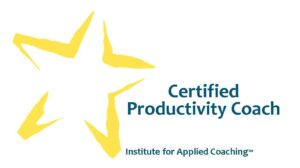
Former member:
